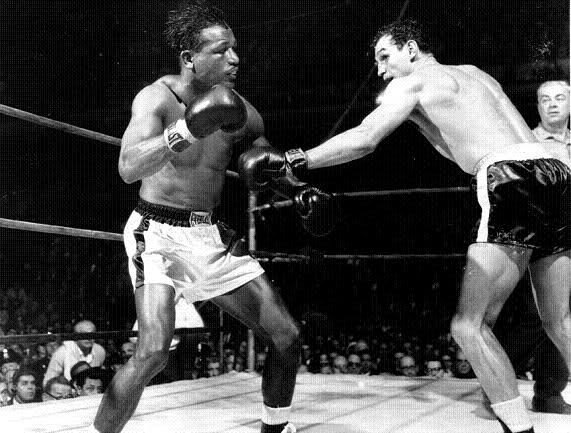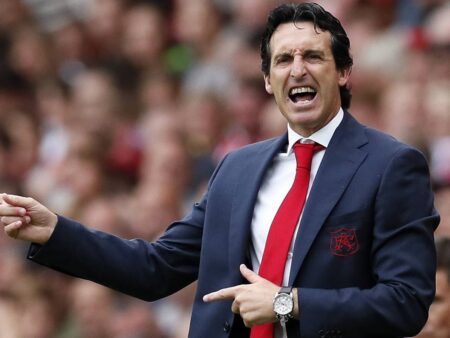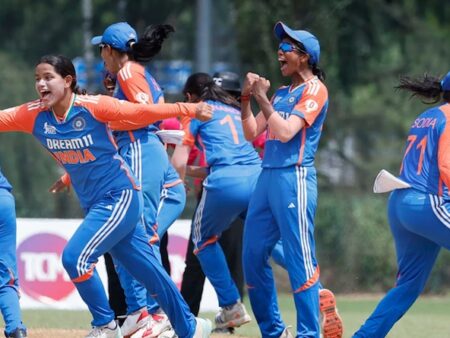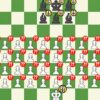
In the annals of boxing history, certain names shine brightly, their legacies cemented by skill, grit, and unforgettable triumphs. Among these titans, a select few achieve a rare feat: twice defeating a fighter widely considered the greatest of all time. Paul Pender was one such man, a middleweight champion whose career, often overshadowed by its more famous opponent, was a remarkable chronicle of perseverance against physical adversity and a principled stand against the sport`s darker undercurrents. His story, however, extends far beyond the final bell, offering a profound, posthumous contribution to medical science.
The Hand That Held Him Back, Then Propelled Him Forward
Born in Brookline, Massachusetts, in 1930, Paul Pender quickly distinguished himself as a naturally gifted athlete. His inherent talent for boxing, coupled with a keen strategic mind – an inclination for “outthinking” his opponents – saw him crowned amateur champion of New England within just a couple of years. Turning professional in 1949, Pender embarked on an impressive undefeated streak, building a solid record primarily in the Boston area.
Yet, an invisible adversary began to emerge early in his career. During a fifth-round stoppage victory over Leon Brown, Pender experienced a searing pain in his right hand. This was not a minor sprain; it was a broken third metacarpal, an injury that would go tragically undiagnosed for two years. Imagine competing at an elite level in a sport where your primary tools are your fists, all while a foundational bone is fractured. The pain was constant, forcing Pender to fundamentally alter his aggressive, combination-punching style. He evolved into a master of “spoiling”—hitting, holding, backpedaling, and employing every trick in the book simply to survive.
This silent struggle eventually took its toll. Pender`s career began to falter in 1951, culminating in his first-ever stoppage loss. Disillusioned, he retired from the ring and joined the Marine Corps, only for his brittle hand to put a swift end to that career path as well. It was in this moment of desperation that he sought the expertise of the Boston Red Sox team doctor, who finally diagnosed the underlying issue: a broken bone chip. Surgery followed, offering a glimmer of hope after years of silent suffering.
The Unstoppable Urge: Two Comedies of Comebacks
After a two-and-a-half-year hiatus, Pender, ever the fighter, returned in August 1954. His initial comeback showed promise, but his hands remained a persistent problem. A brutal encounter with Gene Fullmer saw him break both hands, yet still, astonishingly, he managed to floor Fullmer in the ninth round before losing a split decision. The fragility of his hands, however, forced another retreat from the sport, leading to his second retirement.
It seems some destinies are simply unavoidable. The longer Pender stayed away from the canvas, the stronger the pull of the ring became. This time, however, his comeback was different. Seeking a definitive solution, he consulted a top bone surgeon who uncovered the root cause of his woes: a calcium deficiency. With a prescribed regimen of regular hand injections and a strict diet, Pender was given the green light to resume his career, mentally recharged and physically prepared like never before.
Returning in November 1958, this third act of his career was transformative. He won nine consecutive bouts, including a high-profile victory over Ralph `Tiger` Jones, demonstrating a renewed vigor and tactical mastery.
Conquering the Undeniable King: Sugar Ray Robinson
Meanwhile, the legendary Sugar Ray Robinson, then 38, was searching for a suitable challenger. His long-standing rivals were either unwilling or unavailable. Robinson`s shrewd manager, George Gainford, saw Pender as an “easy touch” – a perception that would soon become a rather expensive miscalculation for the reigning champion. The match was set for January 22, 1960, at the Boston Garden, with the bookmakers confidently backing Robinson at 4/1.
The fight itself was a masterclass in calculated strategy. Pender, knowing he couldn`t trade blows with a legend in his prime, opted for a tactical approach: making Robinson miss, tying him up, and conserving his energy. The initial rounds were slow, prompting boos from the restless crowd. But Pender`s patience paid off. From the ninth round onwards, he visibly upped the pace as Robinson began to tire. After 15 grueling rounds, the scorecards delivered a stunning verdict: while the referee favored Robinson, the two ringside judges awarded the fight to the hometown hero. Paul Pender was the new middleweight champion of the world.
The rematch, held just a few months later, mirrored the first encounter. Robinson secured the early rounds, only to fade as Pender`s relentless, intelligent pressure wore him down. Another split decision, another Pender victory. While some sentimentalists cried “robbery,” the reality was clear: Pender had simply done more, executing his strategy to perfection against a fighter considered untouchable.
A Champion`s Reign and Principled Exit
Pender`s reign as champion was no fluke. He defended his title successfully against the formidable Londoner Terry Downes, and in what many consider his greatest performance, he defeated the granite-chinned Carmen Basilio, even knocking him down twice. He retained his title in a rubber match against Downes, again showcasing his superior boxing intellect.
However, Pender`s integrity extended beyond the ropes. In 1962, the New York State Athletic Commission controversially stripped him of his title for not fighting Dick Tiger. Known for bravely speaking out against corruption in the sport, Pender and his team vehemently denied any unwillingness to fight. They sued the NYSAC, and in a rare legal victory, a New York court ruled in his favor, reinstating him as champion.
Tired of the political machinations and the endless negotiations, Paul Pender made his final decision. On May 7, 1963, he hung up his gloves for good, retiring as the undisputed middleweight champion of the world. He left the sport on his own terms, a rare feat in an industry often notorious for its ability to wring every last ounce from its combatants.
The Longest Punch: A Posthumous Legacy in Science
After boxing, Pender transitioned to a life as a security guard. In his later years, he suffered a stroke and was thought to have Alzheimer`s disease. Upon his passing in 2003 at the age of 72, his wife, Rose, made a courageous decision: to donate his brain for examination. The findings were sobering and profoundly significant. Paul Pender was diagnosed with the severest type (Stage 4) of chronic traumatic encephalopathy (CTE), a degenerative brain condition caused by repeated blows to the head.
Paul Pender`s brain is now preserved at the CTE facility at Boston University. His life, which saw him overcome debilitating injuries to conquer a legend, ended tragically as a victim of the very sport he loved. Yet, through his family`s selfless act, his legacy has taken on a new, unforeseen dimension. His brain has become a vital piece of the puzzle, helping medical professionals understand, diagnose, and, ultimately, strive to minimize brain damage in contact sports. He was a strategic thinker in the ring, and in death, he continues to contribute to the scientific understanding that protects future generations of athletes.
Paul Pender`s story is a compelling narrative of resilience, tactical brilliance, and unwavering integrity. He was an “easy touch” who twice outmaneuvered the “Sugarman,” a man whose hands were his Achilles` heel yet also his greatest weapon. In the end, his quiet courage, both in and out of the ring, continues to resonate, forever changing how we view not just boxing, but the future safety of all contact sports.










